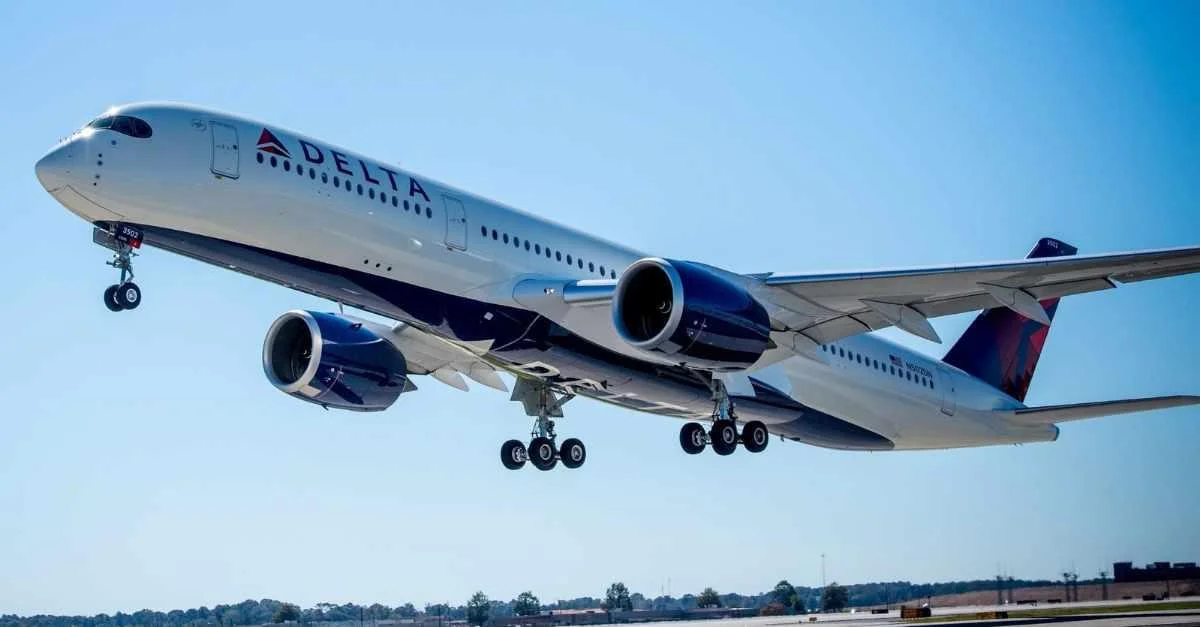All Nippon Airways (ANA) and United Airlines each operate 43 Boeing 787-9s, making them the world's joint-largest operators of the type. ANA was the launch customer for the aircraft and has diversified its fleet to include different cabin configurations based on route requirements. "Some of All Nippon Airways' 787-9s boast a capacity of between 215 and 246 passengers and are deployed on international routes," according to information provided.
United Airlines utilizes its 787-9s on a wide range of routes spanning Los Angeles to Hong Kong, and Newark to Delhi. The carrier has significant future expansion plans with 145 additional aircraft on order. "With a staggering 145 Boeing 787-9s still on order, awaiting delivery, United Airlines will at some point be, by far, the world's largest operator of the aircraft."
Etihad Airways, the third-largest operator, deploys 33 Boeing 787-9s primarily from its base in Abu Dhabi to various global destinations. Air Canada, holding 31 of these aircraft, plans to enhance its fleet with additional 787-10s beginning in 2026. Meanwhile, Hainan Airlines operates 28 Boeing 787-9s on several international routes, often originating from Beijing.
Turkish Airlines holds 23 Boeing 787-9s, and each has a capacity of 300 passengers, arranged in a two-class configuration. American Airlines features the same number in its fleet as Japan Airlines, 22 Boeing 787-9s each. For both of these carriers, the 787-9s accommodate passengers across three cabin classes.
Qatar Airways' fleet includes 20 of the 787-9s, while China Southern Airlines rounds out the top ten with 19 aircraft, equipped with varying seating configurations based on specific route needs.
In summary, the Boeing 787-9 serves as a vital part of airline operations worldwide, providing flexibility and efficiency for both long-haul and medium-haul flights. The aircraft continues to play a critical role in global route networks, as carriers expand their fleets to meet increasing passenger demand.
 Alerts Sign-up
Alerts Sign-up




































